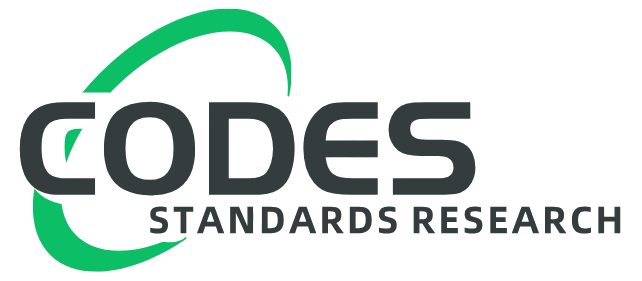Description
In an ongoing study, treated water from conventional surface water filtration plantsacross a broad geographic area was sampled multiple times for the presence of infectiousoocysts. Large volume samples (up to 1,000 L) were analyzed using a modification of U.S. Environmental Protection Agency(USEPA) Method 1623 followed by in vitro cell culture. A comparison of the three mostcommonly used cell culture-based infectivity methods for Cryptosporidium determinedthat the HCT-8 cell culture followed by immunofluorescence microscopy was the mostappropriate method for the study. Desirablecharacteristics of an infectivity method for finished water include: distinguishinginfectious from non-infectious oocysts; eliminating or minimizing false positives andfalse negatives; robust enough to support infection despite environmental contaminants that are isolated along with the oocysts; and, allow for molecular analysis of positivesamples to determine the species or genotypes responsible for infection. The study is ongoing but 201,000 L of water have been analyzed so far, with no positivesyet detected. Positive controls and routine matrix spikes indicate that the method isworking, so the lack of positives is not due to false-negative results. The eventual goal isto analyze 280,000 L. Assuming a single infectious cluster arises from one oocyst, if asingle sample is positive, the annual risk will be calculated as 0.05 – 1.3 infections per10,000 individuals, depending on the values for water consumption and risk of infectionfrom a single oocyst selected for model input. Includes 37 references, tables, figures.
Product Details
- Edition:
- Vol. – No.
- Published:
- 11/01/2008
- Number of Pages:
- 10
- File Size:
- 1 file , 780 KB
- Note:
- This product is unavailable in Ukraine, Russia, Belarus





